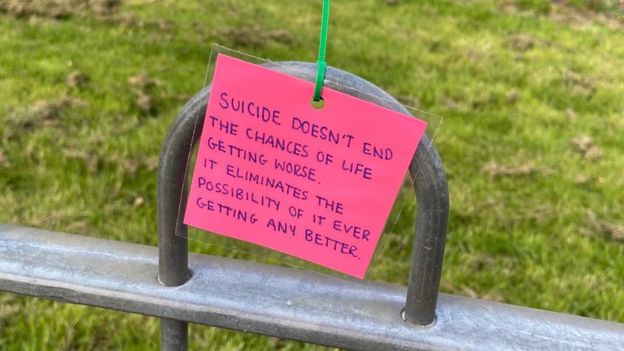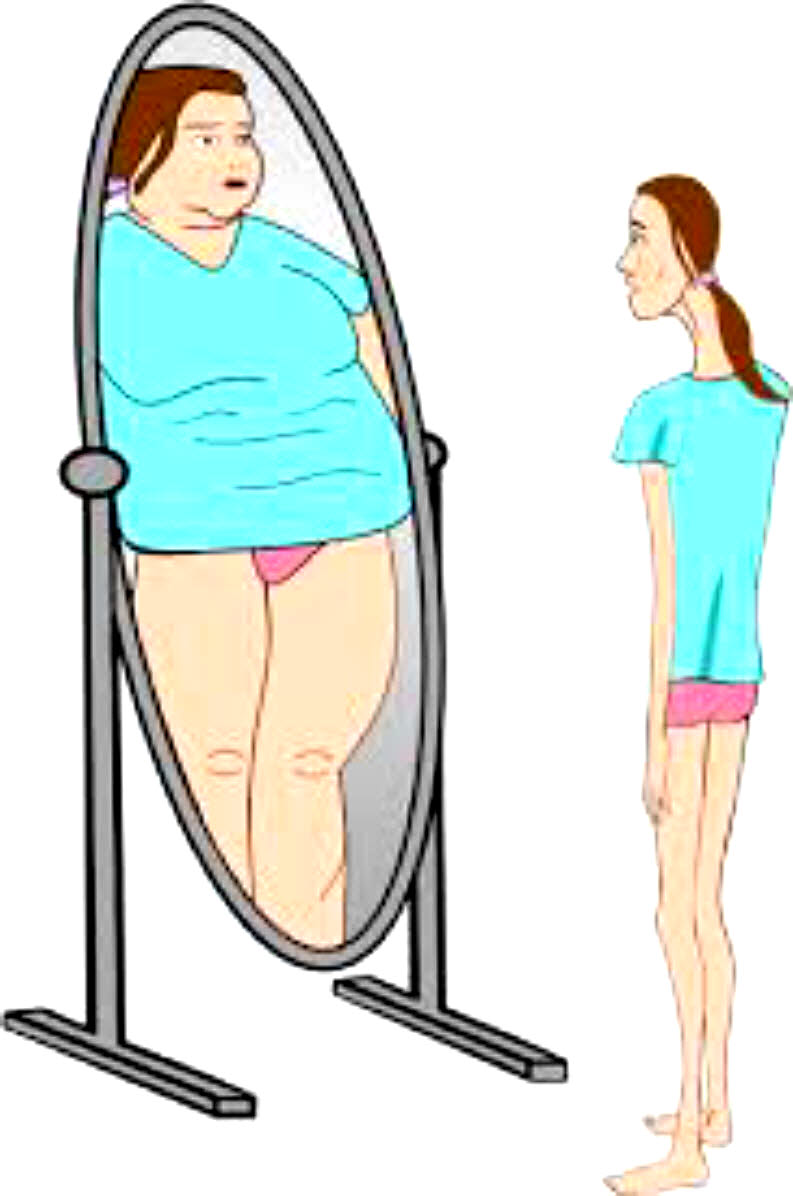James Donaldson notes: As I’m slowly getting on top of my physical health issues, I am turning more and more of my time and efforts towards mental health issues, especially pertaining to our young people and student-athletes.
Having gone through a recent bout of depression and suicidal thoughts myself, I realize now, that I can make a huge difference in the lives of so many by sharing my story, and by sharing various resources I come across as I work in this space. http://bit.ly/JamesMentalHealthArticle
Temperament, family and community all play a role
Nadine Kaslow, PhD
One of the myths about suicidal talk, and actual suicide attempts, in young people is that they are just a bid for attention or “a cry for help.” Kids who talk or write about killing themselves are dismissed as overly dramatic—obviously they don’t mean it! But a threat of suicide should never be dismissed, even from a kid who cries “Wolf!” so many times it’s tempting to stop taking her seriously. It’s important to respond to threats and other warning signs in a serious and thoughtful manner. They don’t automatically mean that a child is going to attempt suicide. But it’s a chance you can’t take.
When thinking about this, it helps to understand what factors make a young person more or less likely to consider or attempt suicide. What do we know about young people who try to kill themselves, or who actually die by suicide? Let’s take a look at both the risk factors—things that increase the likelihood that a child will engage in suicidal behavior—and the protective factors, or things that reduce the risk.
If a child has a lot of risk factors and hardly any protective factors you need to be extremely concerned about him. On the other hand, if he has a fair number of risk factors but a lot of protective factors you may be somewhat less concerned, although you still, of course, need to be concerned.
Here are some key suicide risk factors:
- A recent or serious loss. This might include the death of a family member, a friend or a pet. The separation or a divorce of parents, or a breakup with a boyfriend or a girlfriend, can also be felt as a profound loss, along with a parent losing a job, or the family losing their home.
- A psychiatric disorder, particularly a mood disorder like depression, or a trauma- and stress-related disorder.
- Prior suicide attempts increase risk for another suicide attempt.
- Alcohol and other substance use disorders, as well as getting into a lot of trouble, having disciplinary problems, engaging in a lot of high-risk behaviors.
- Struggling with sexual orientation in an environment that is not respectful or accepting of that orientation. The issue is not whether a child is gay or lesbian, but whether he or she is struggling to come out in an unsupportive environment.
- A family history of suicide is something that can be really significant and concerning, as is a history of domestic violence, child abuse or neglect.
- Lack of social support. A child who doesn’t feel support from significant adults in her life, as well as her friends, can become so isolated that suicide seems to present the only way out of her problems.
- Bullying. We know that being a victim of bullying is a risk factor, but there’s also some evidence that kids who are bullies may be at increased risk for suicidal behavior.
- Access to lethal means, like firearms and pills.
- Stigma associated with asking for help. One of the things we know is that the more hopeless and helpless people feel, the more likely they are to choose to hurt themselves or end their life. Similarly, if they feel a lot of guilt or shame, or if they feel worthless or have low self-esteem.
- Barriers to accessing services: Difficulties in getting much-needed services include lack of bilingual service providers, unreliable transportation, and the financial cost of services.
- Cultural and religious beliefs that suicide is a noble way to resolve a personal dilemma.
But what about protective factors, things that can mitigate the risk of engaging in suicidal behavior?
Here are some key protective factors:
- Good problem-solving abilities. Kids who are able to see a problem and figure out effective ways to manage it, to resolve conflicts in non-violent ways, are at lower risk.
- Strong connections. The stronger the connections kids have to their families, to their friends, and to people in the community, the less likely they are to harm themselves. Partly, that’s because they feel loved and supported, and partly because they have people to turn to when they’re struggling and feel really challenged.
- Restricted access to highly lethal means of suicide.
- Cultural and religious beliefs that discourage suicide and that support self-preservation.
- Relatively easy access to appropriate clinical intervention, whether that be psychotherapy, individual, group, family therapy, or medication if indicated.
- Effective care for mental, physical, and substance use disorders. Good medical and mental health care involves ongoing relationships, making kids feel connected to professionals who take care of them and are available to them.
So what do you do if your child fits the profile of someone at risk for youth suicide? Warning signs of suicide to be alert to include changes in personality or behavior that might not be obviously related to suicide. When a teenager becomes sad, more withdrawn, more irritable, anxious, tired, or apathetic—things that used to be fun aren’t fun anymore—you should be concerned. Changes in sleep patterns or eating habits can also be red flags.
Acting erratically, or recklessly is also a warning sign. If a teen starts making really poor judgments, or he starts doing things that are harmful to himself or other people, like bullying or fighting, it can be a sign that he is spinning out of control.
And, finally, if a child is talking about dying, you should always pay attention. “I wish I was dead.” “I just want to disappear.” “Maybe I should jump off that building.” “Maybe I should shoot myself.” “You’d all be better off if I wasn’t around.” When you hear this kind of talk, it’s important to take it seriously—even if you can’t imagine your child meaning it seriously.
What to do? The first thing to do is talk.
For more information and resources on suicide, see the APA’s suicide help page.



